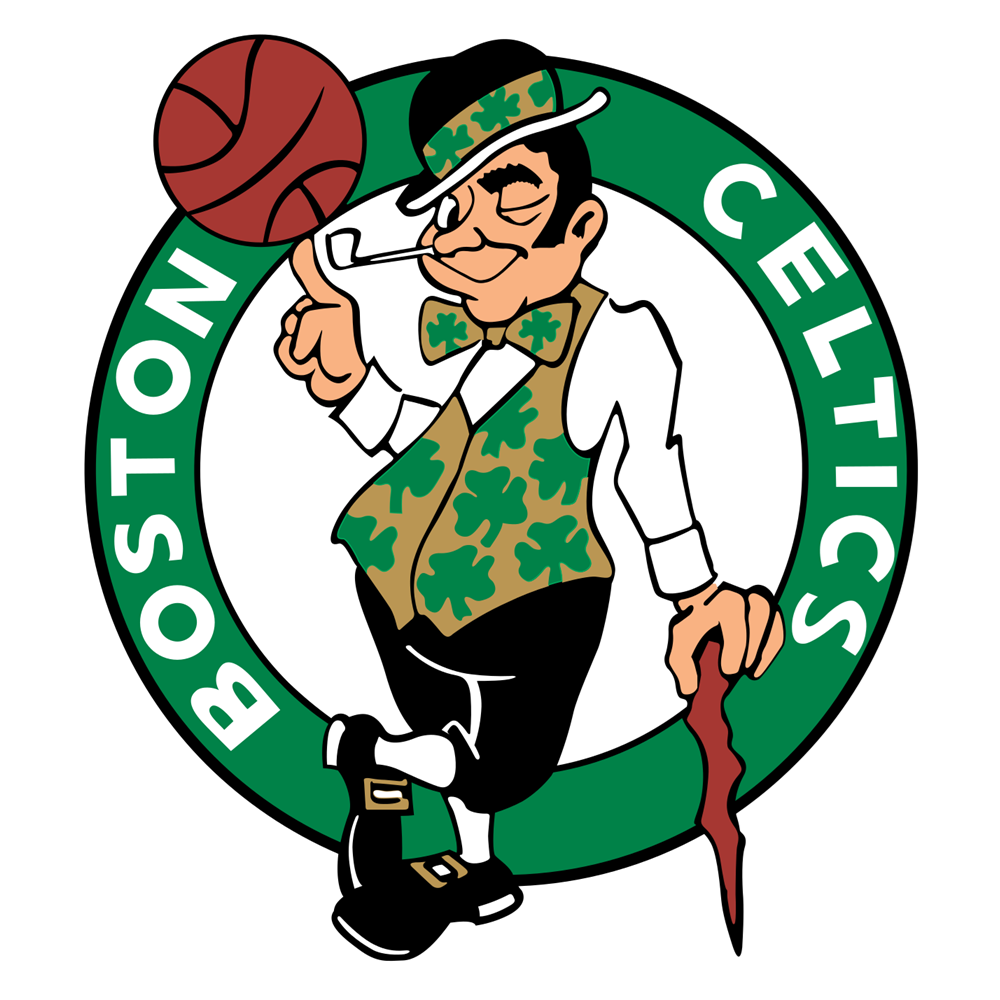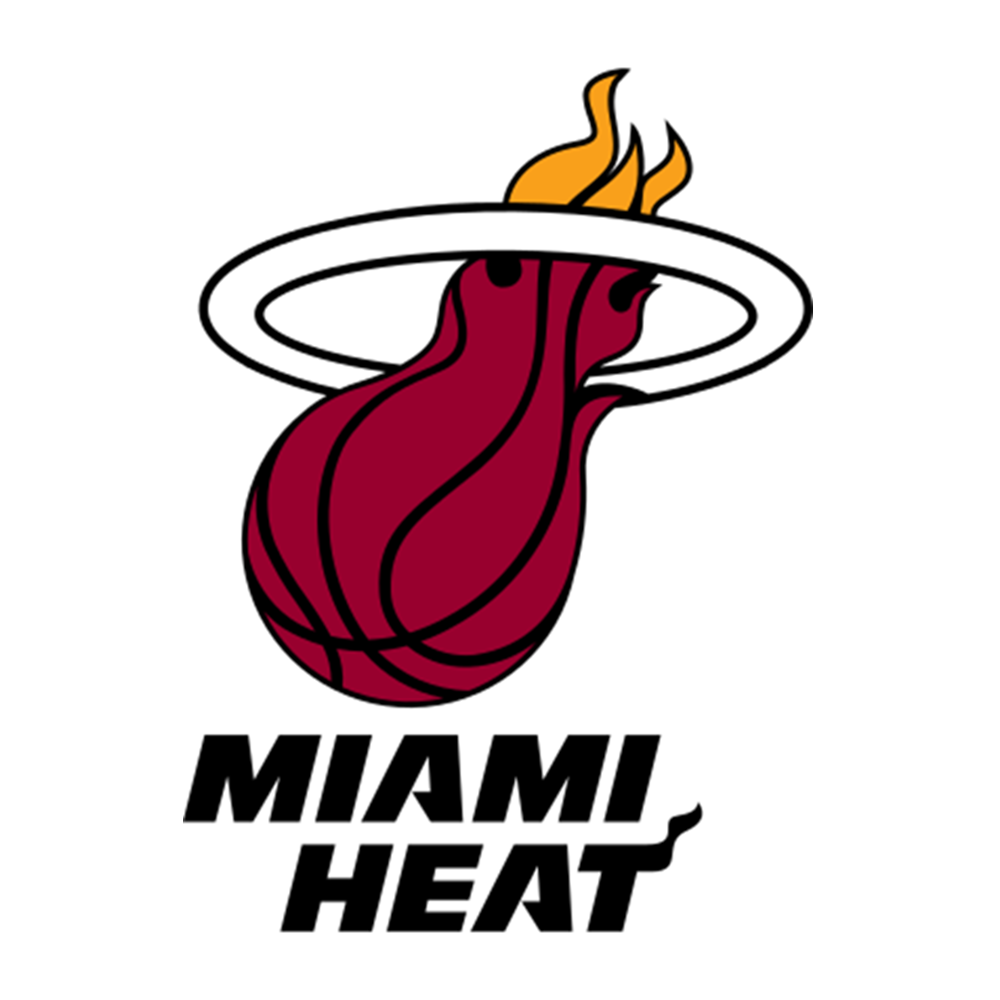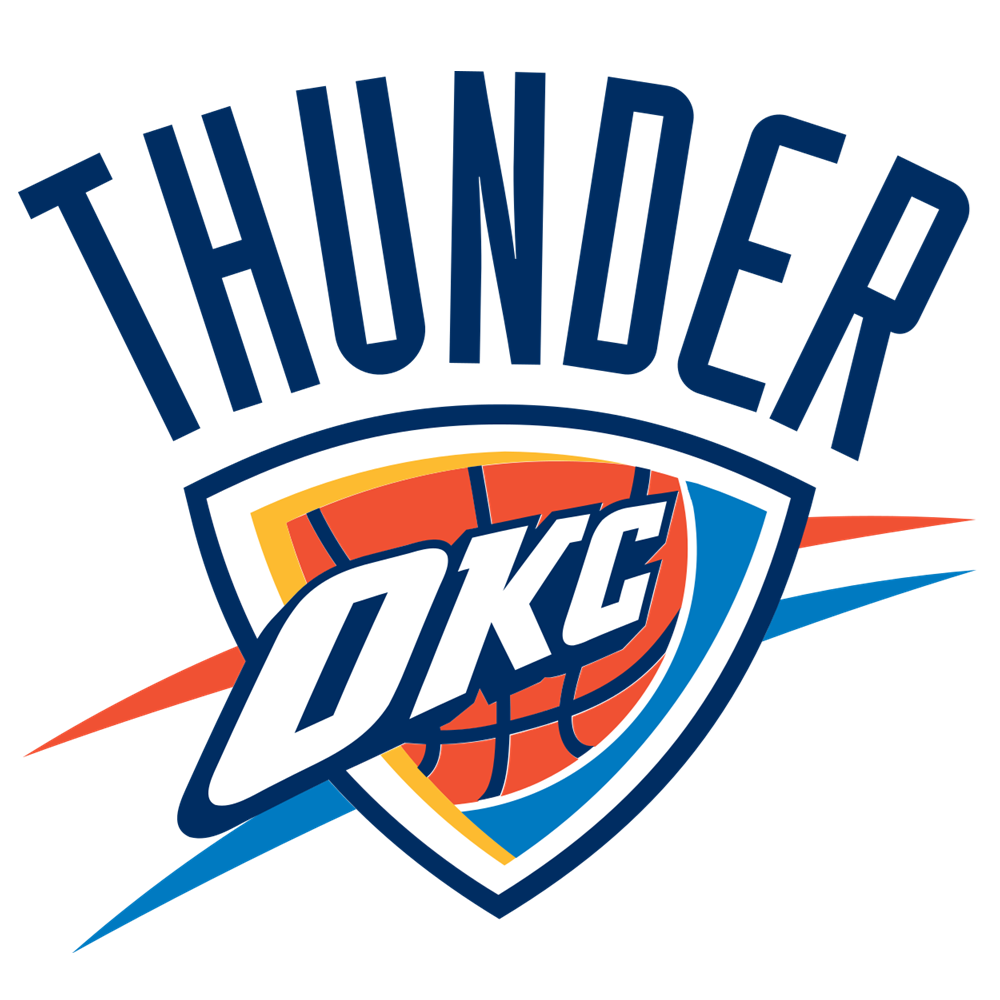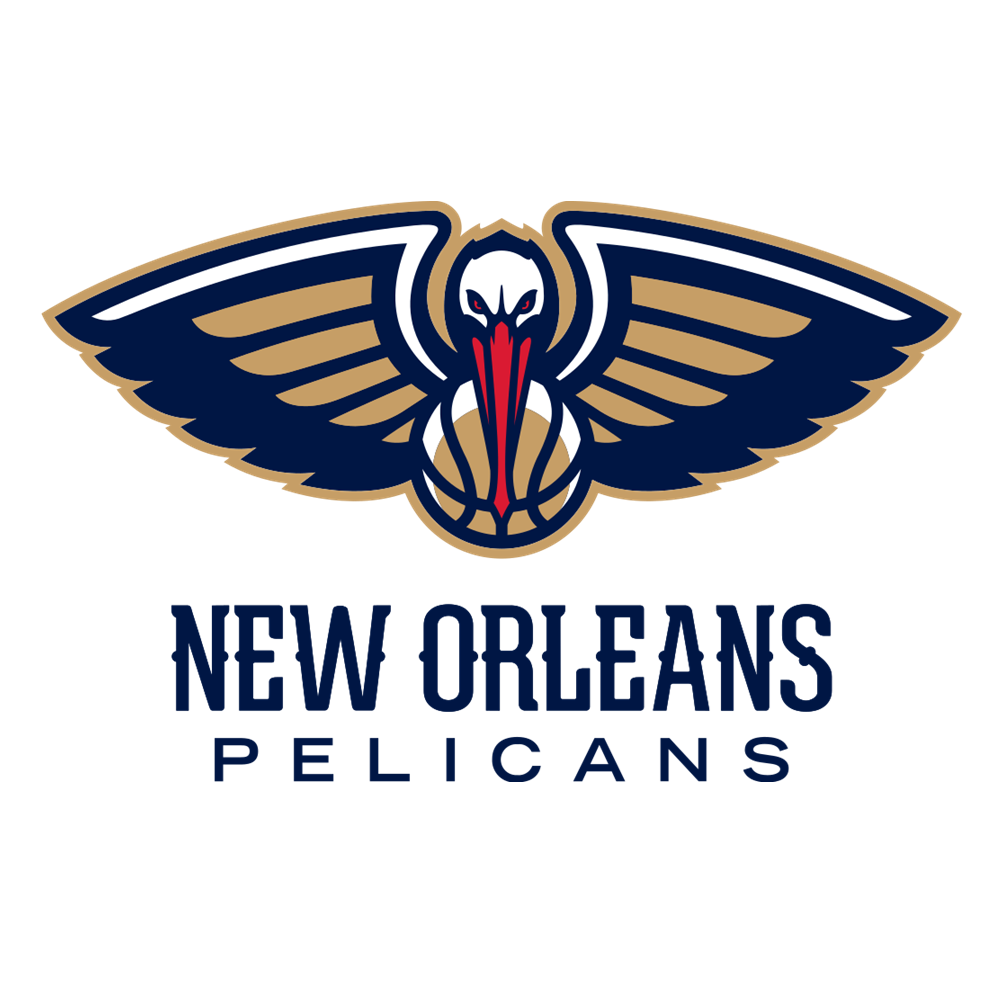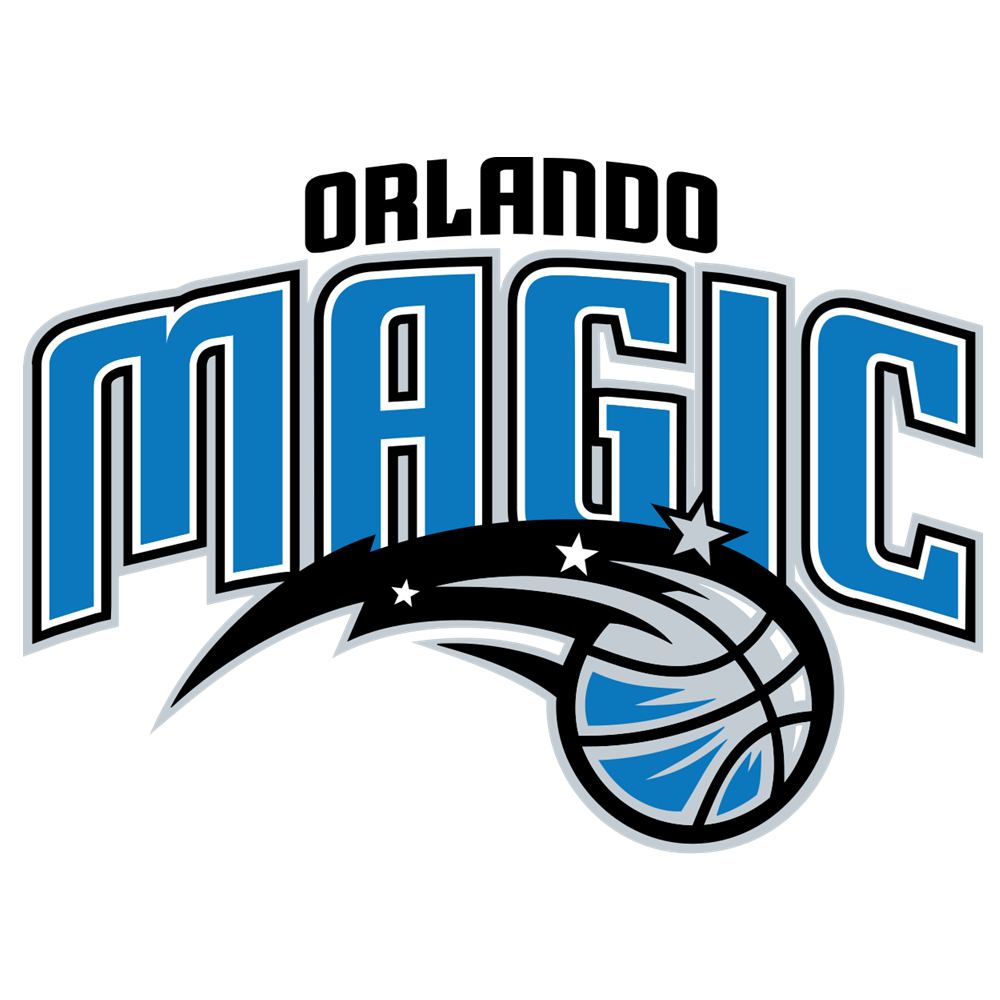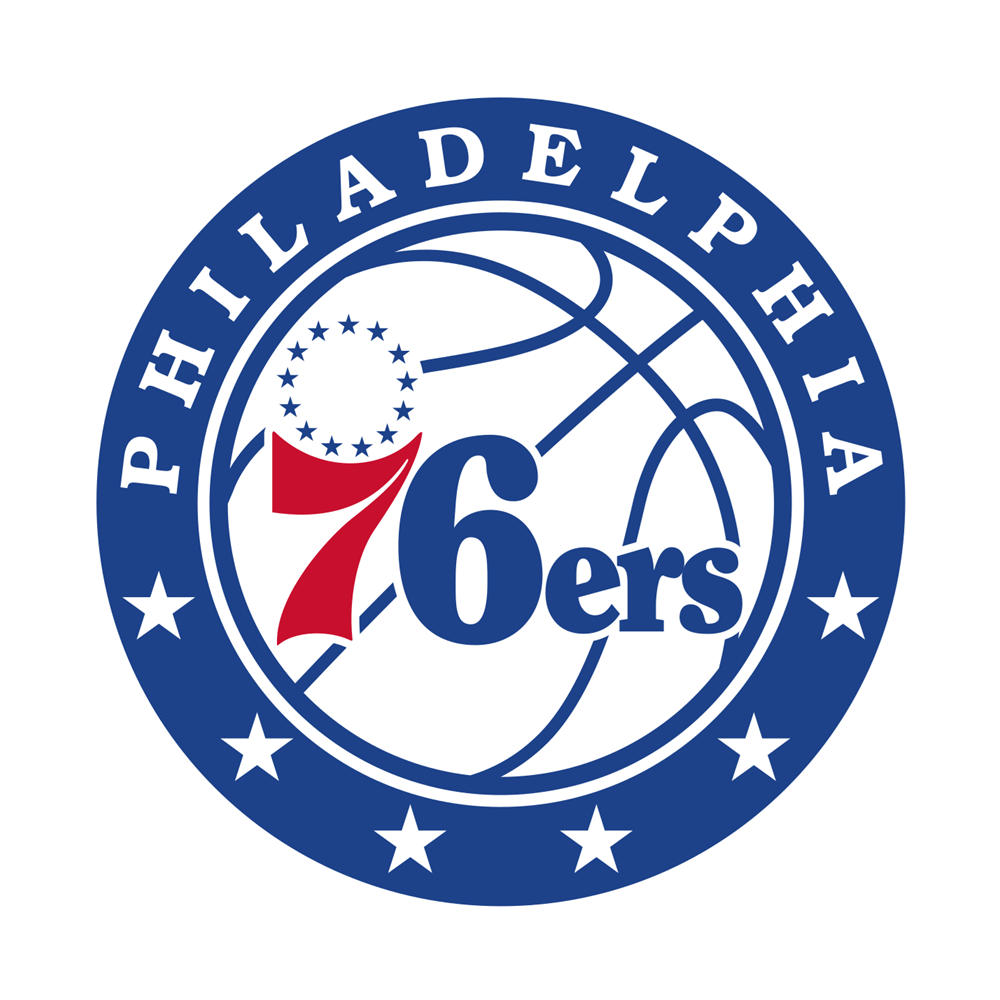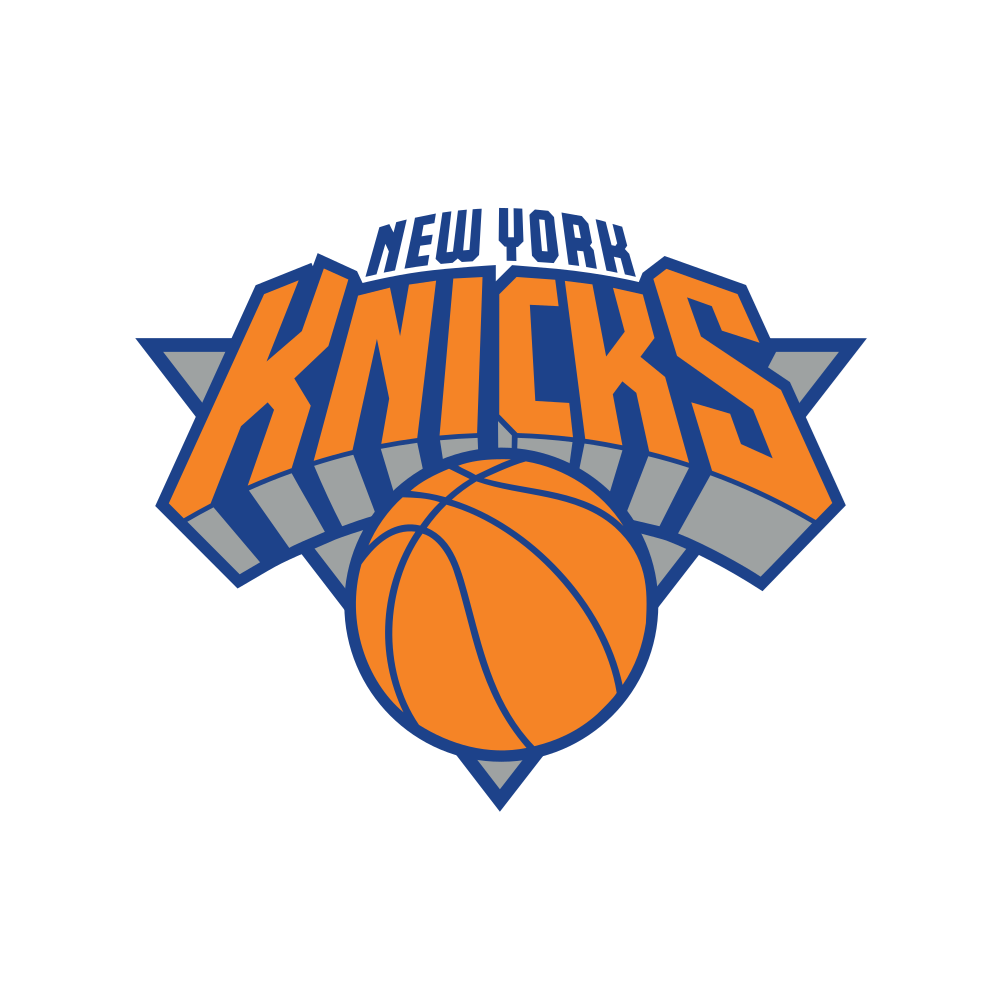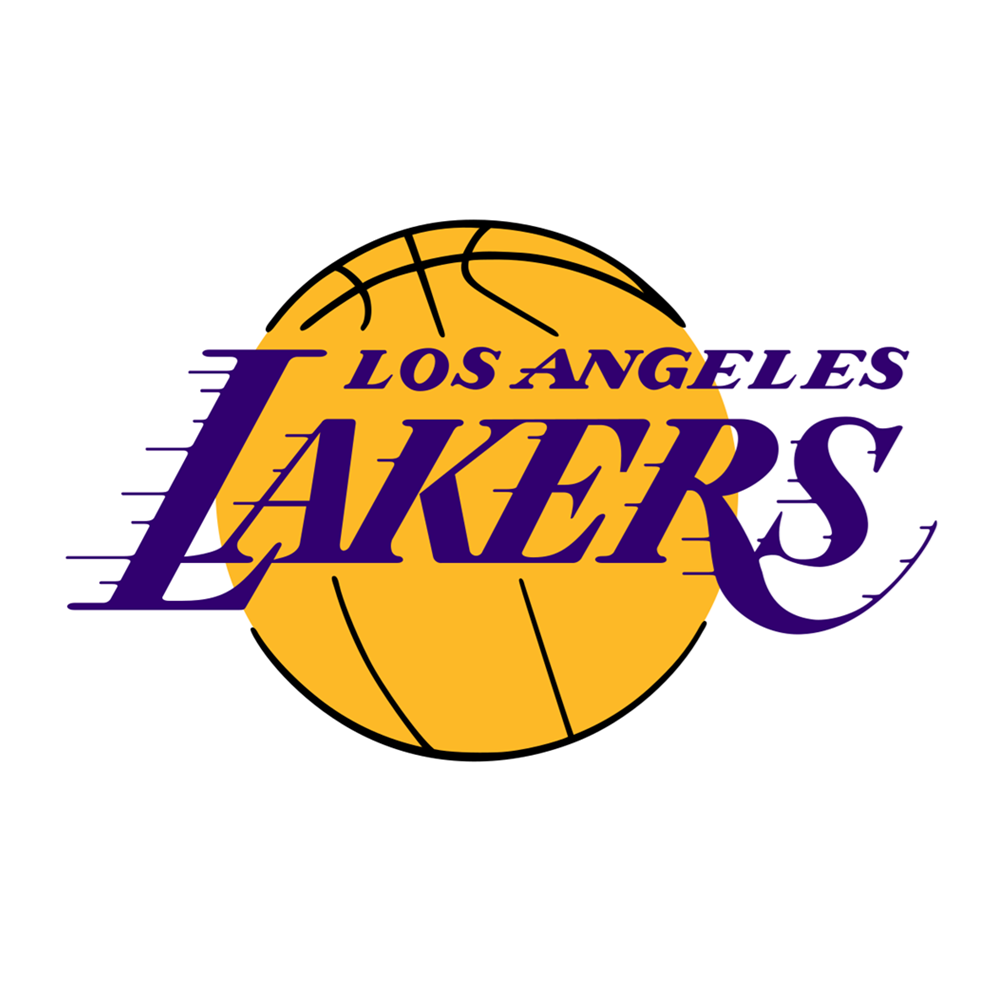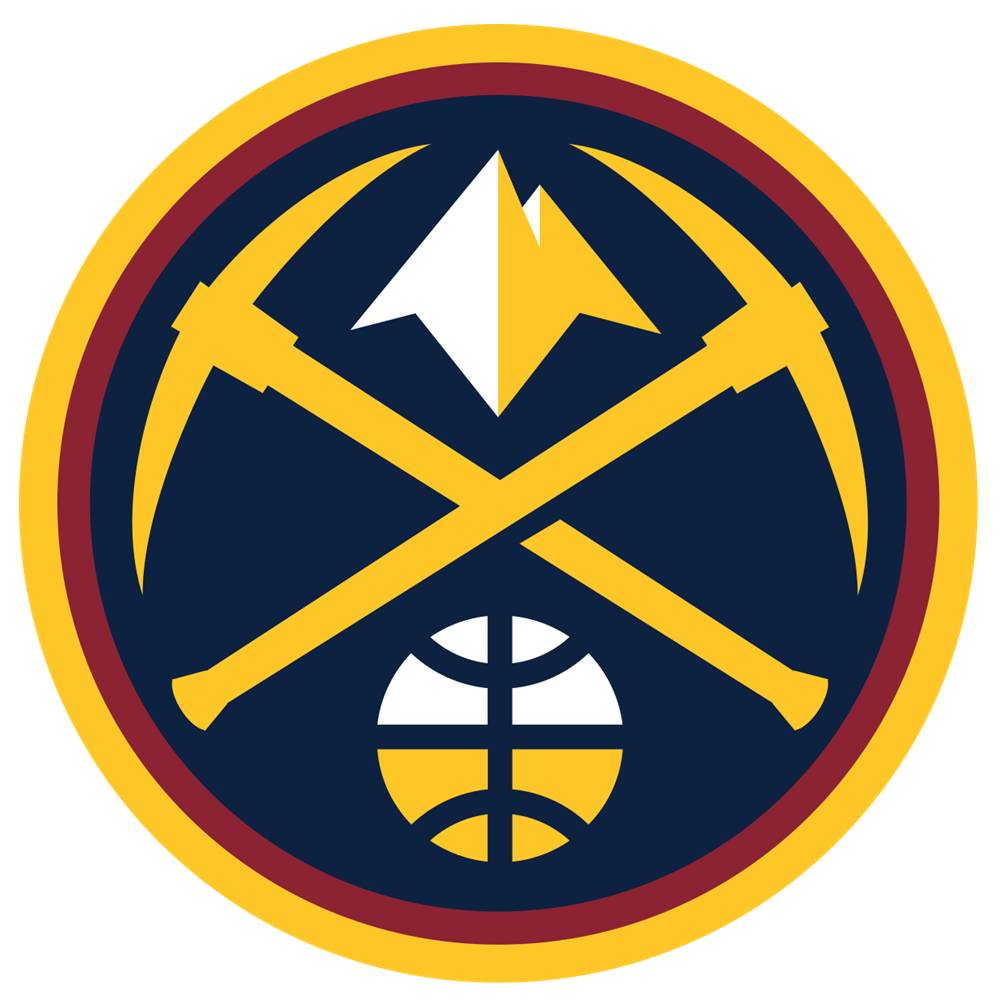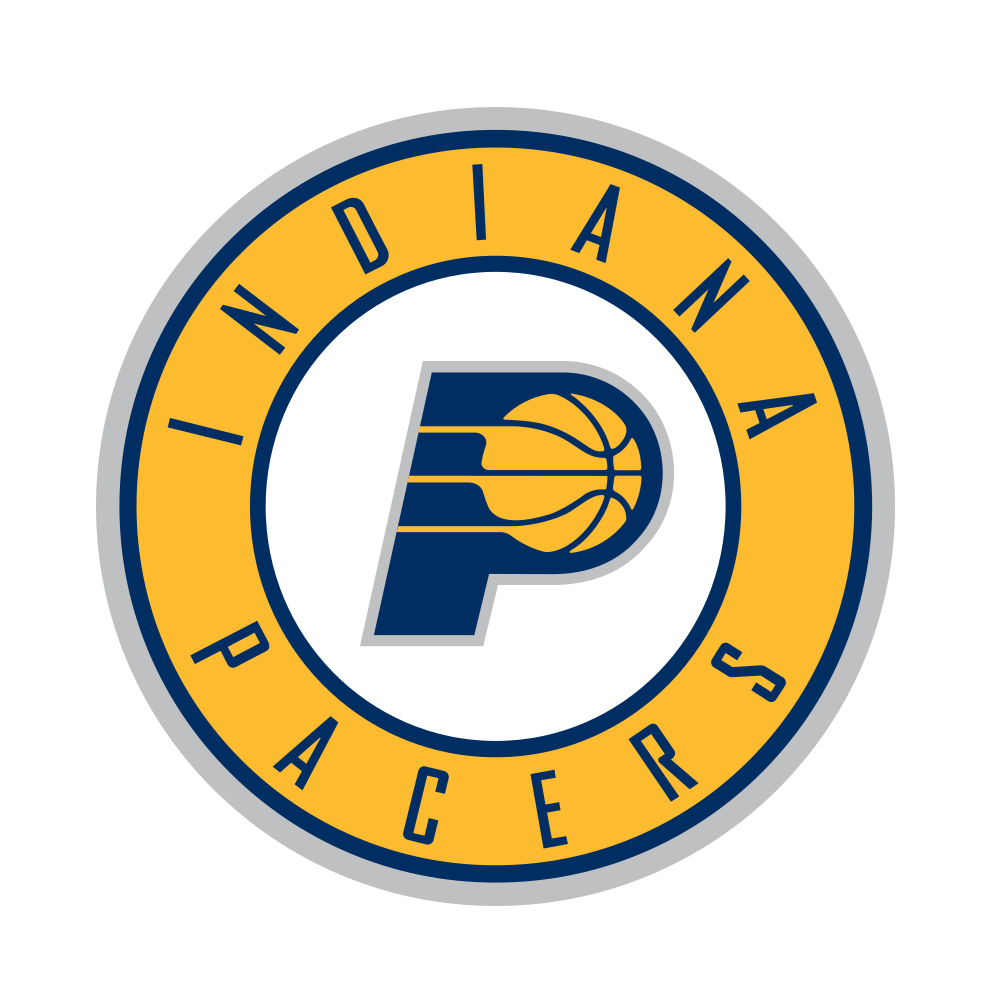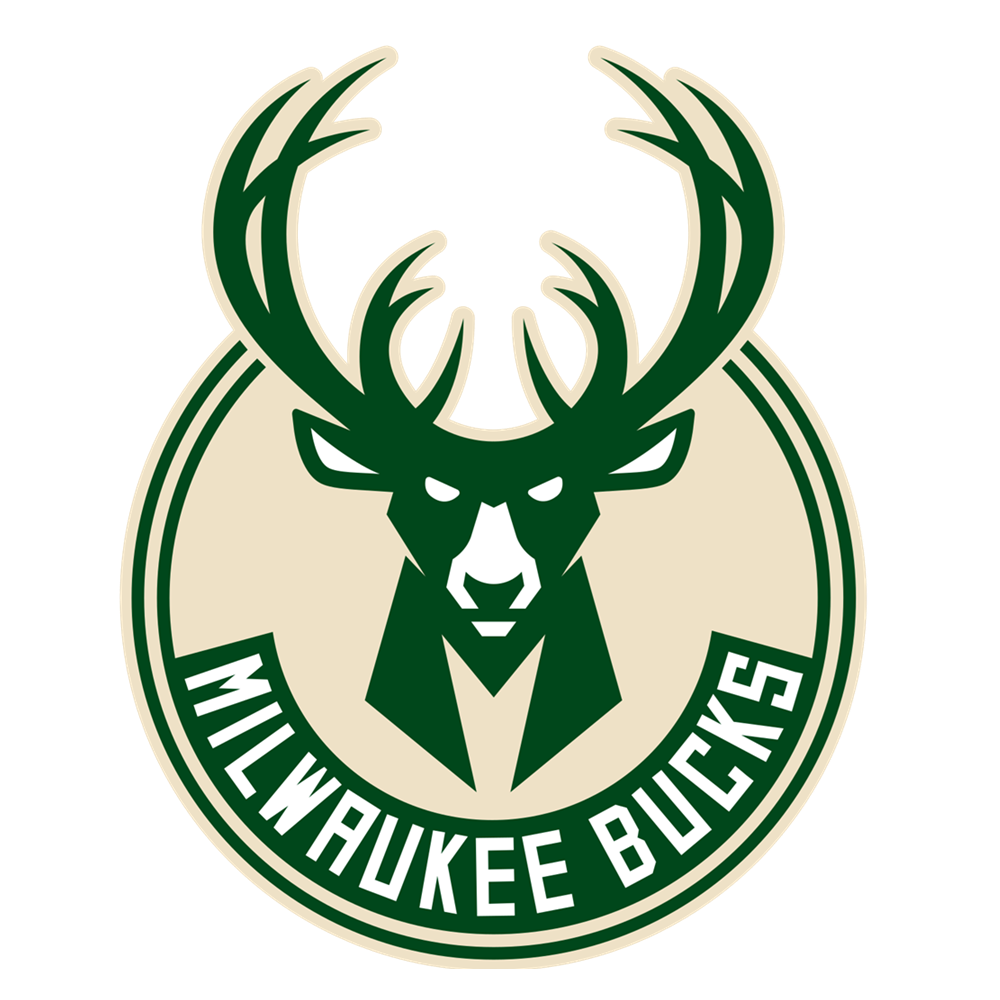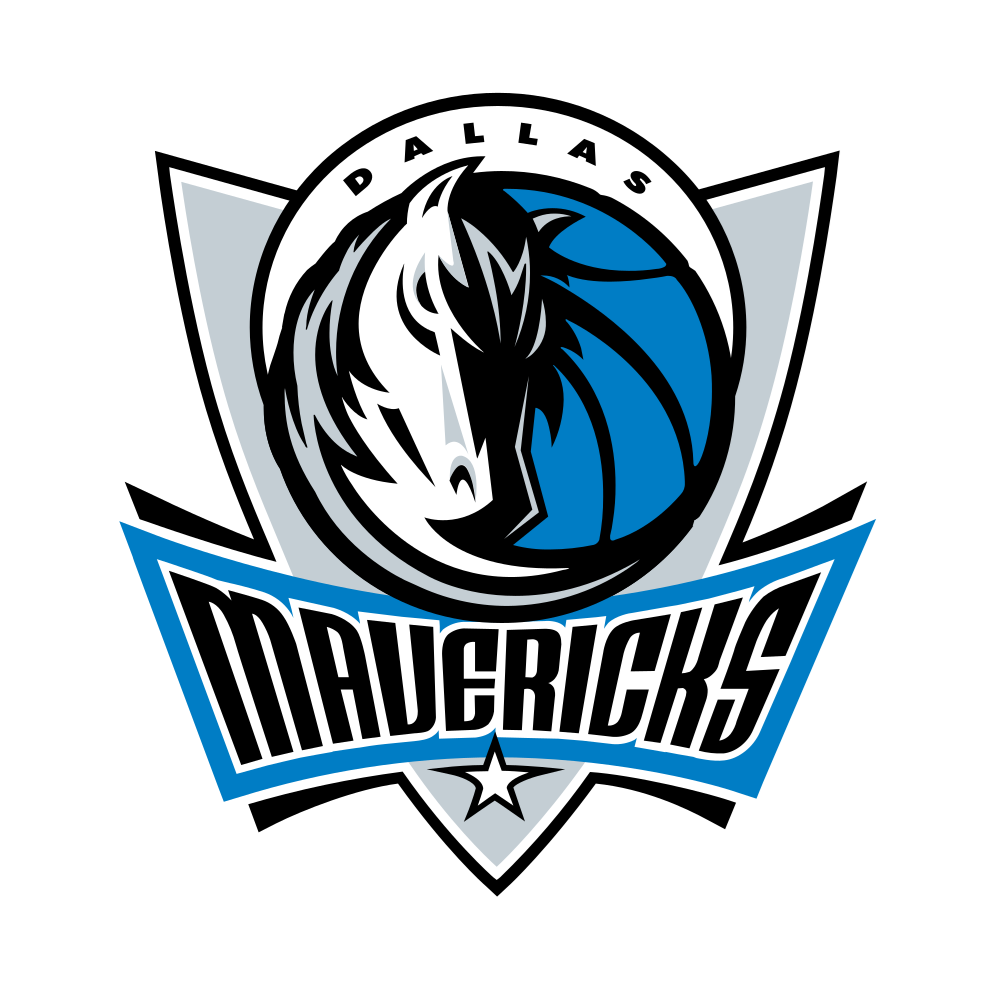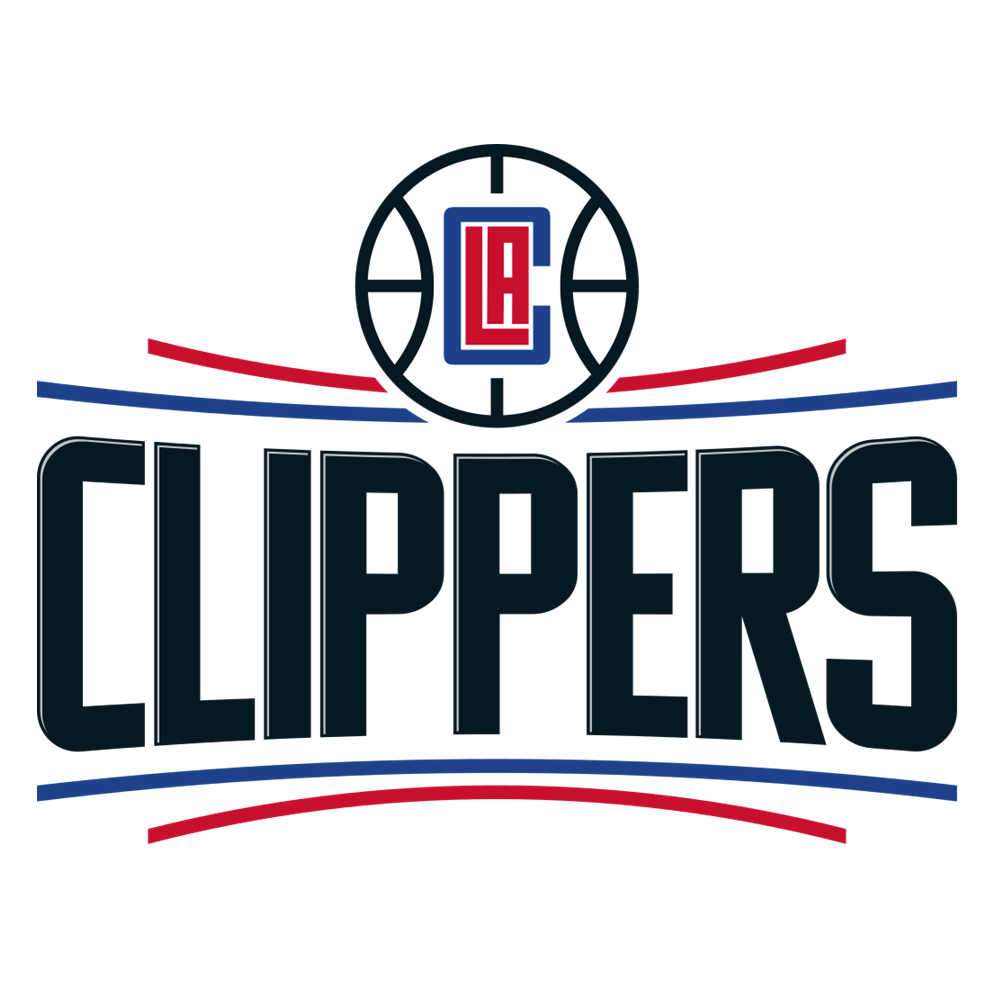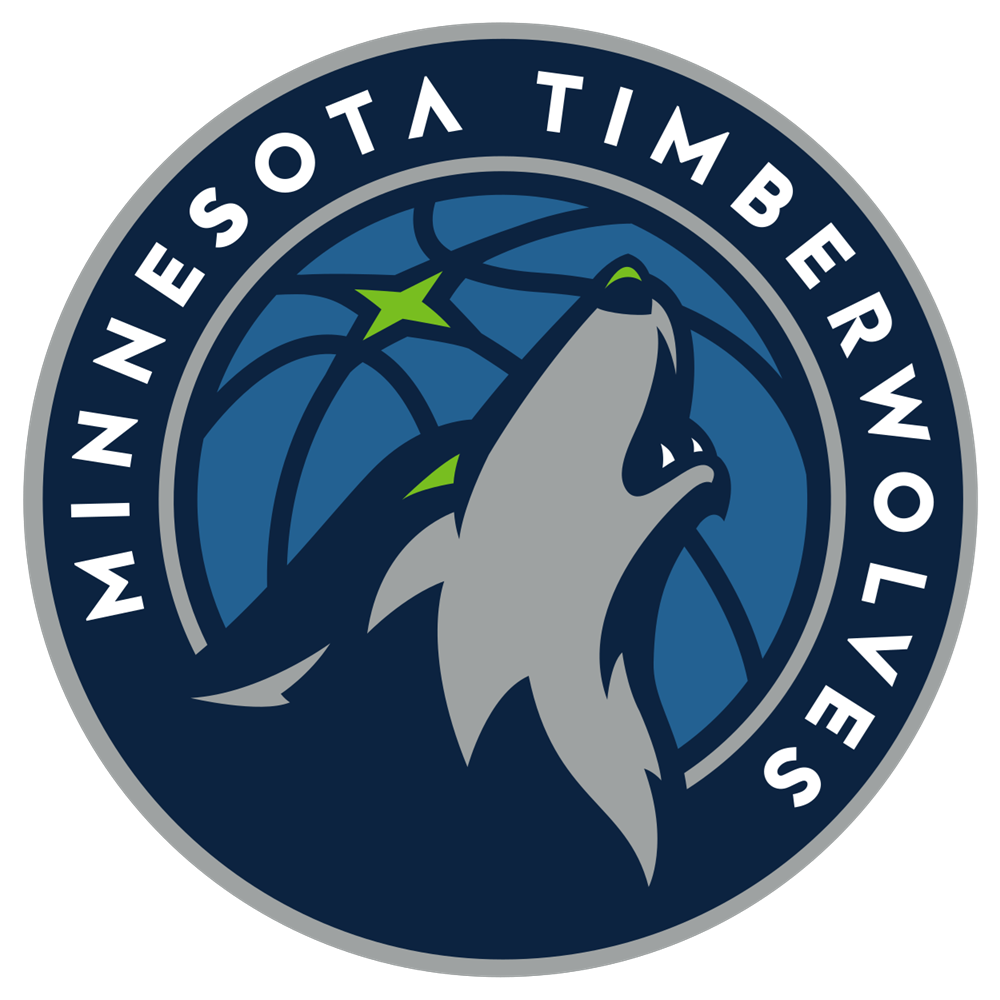Initially snubbed from the 2018 NBA All-Star Game reserves list, Detroit Pistons centre Andre Drummond was upset. Understandably.
At the time, Drummond was averaging 14.7 points, 15.3 rebounds, 3.9 assists, 1.6 steals and 1.3 blocks per game. The rebounds per game led the league, the steals were the league’s best among paint bigs, and the assists a strikingly high number for a man who had never averaged more than 1.1 per game in any season prior.
However, although it took an injury to Washington Wizards point guard John Wall to make it happen, Drummond is now in the game. Understandably.
In his career prior to this year, Drummond has shot historically, infamously badly from the free throw line. Over the first five seasons of his NBA career, Drummond shot a dreadful 38.1% from the line – for comparison's sake, that is somehow nearly 6% worse as a career mark than the famously poor shooting DeAndre Jordan (43.9% for his career), seven and a half points worse than DeSagana Diop (46.7%), and a whole 14.6% worse than Shaquille O'Neal (52.7%), after whom a bad-free-throw-shooter rule is named.
Were it not for the 37.9% career mark of Jerome Lane, Drummond would have been the worst foul shooter in the past 40 years.
Over the past summer, though, Drummond finally reworked his shot. Gone are the heavy handed back rim clanks of years past. The shot now goes up with a much more delicate touch from a lower release point, thereby ensuring that even if it does not swish first time, it has a much greater chance of bouncing around and dropping.
In its efficiency, Drummond’s free throw stroke is still not good. A 62.0% mark from any other player would be a mark we would call out as being inadequate, and to be sure, it is a low bar for Drummond to be clearing. It is however a significant improvement from the days that teams chased him around to deliberately commit off-ball fouls, recognising that him at the line was a better percentage play than backing their own half-court defence ever was no matter how good their defence is.
And with the improvement in the foul shooting, Drummond’s role and importance can increase exponentially.
Before their trade for Blake Griffin, the Pistons ran a very large amount of pick-and-rolls and dribble hand-off actions featuring Drummond. Too many, even – the lack of diversification and spacing in their offence was one of the problems that the Griffin trade sought to address. But up to a point, it worked. And it was only able to work because of the increased trust in Drummond’s offence borne out of his foul shooting improvements.
Despite a career average of a lowly 0.7 assists per game prior to this season, Drummond never seemed to lack for passing vision or willingness. He was never a black hole offensively. Instead, he was often avoided offensively. Not able to post up consistently, nor finish from anywhere outside of very close to the basket, Drummond was no offensive creator; he would run the court, hit the offensive glass, try to make a target for passes over the top where possible and be the roll man in pick-and-roll situations, but giving him the ball when he was standing still did not ever lead to much. Especially given his tendency to go up quite timidly at the basket.
There still are those things, of course. And he still cannot shoot from outside; Drummond has not made a single shot outside of 16 feet this season, is only 6-41 beyond that marker for his career (two of which were made half-court heaves), and is shooting only 54-217 (24.9%) for his career from 10 feet and beyond. But now that Drummond is able to make foul shots, he is able to drive the ball from the arc with some effectiveness.
The jumper is not going up, but the passing ability, driving ability, the not-exploitable free-throw shooting and presence of Griffin around him are giving Drummond an expanded offensive role, and have made him into much more of a two-way threat as a player. The inefficient and predictable post-ups are gone, and the Andre Drummond of today has developed his skills and figured out exactly what he does best.
Defensively, without possessing the high-wire, block-it-into-the-stands flashiness of some peers, Drummond is also improved this season.
In prior years, despite having the great hands, dominant rebounding and good shot-blocking timing that he has always had, Drummond has not always contested on defence. He would usually go for the rebound, and, with his combination of strength, reads and decent leap, he would normally get it. But to be a true defensive presence means to not give up, and, if beaten, to try and recover anyway. Previous installations of Drummond would only do this intermittently.
This year, though, Drummond is more willing and aware on defence than ever before. He can contest in the sky and he can contest on the ground. He can help sliding across the lane and he can help containing perimeter ball handlers. Whether or not his defensive improvements can be tied to his offensive ones is purely speculative, but however causative of a link there is, Drummond has started playing more urgently on defence at the same time he has started playing less overly urgently on offence.
The Drummond of the now knows what to do, and is willing to go and do it. And with that has come stardom.
In 2018, Andre Drummond has played with a consistent fire and fury that has not always been there in the past. He worked on his game in the offseason, has worked during every game of the season, and these are the results of that extra work.
Andre Drummond, Detroit Piston, 2018 NBA All-Star - and a worthy one.
